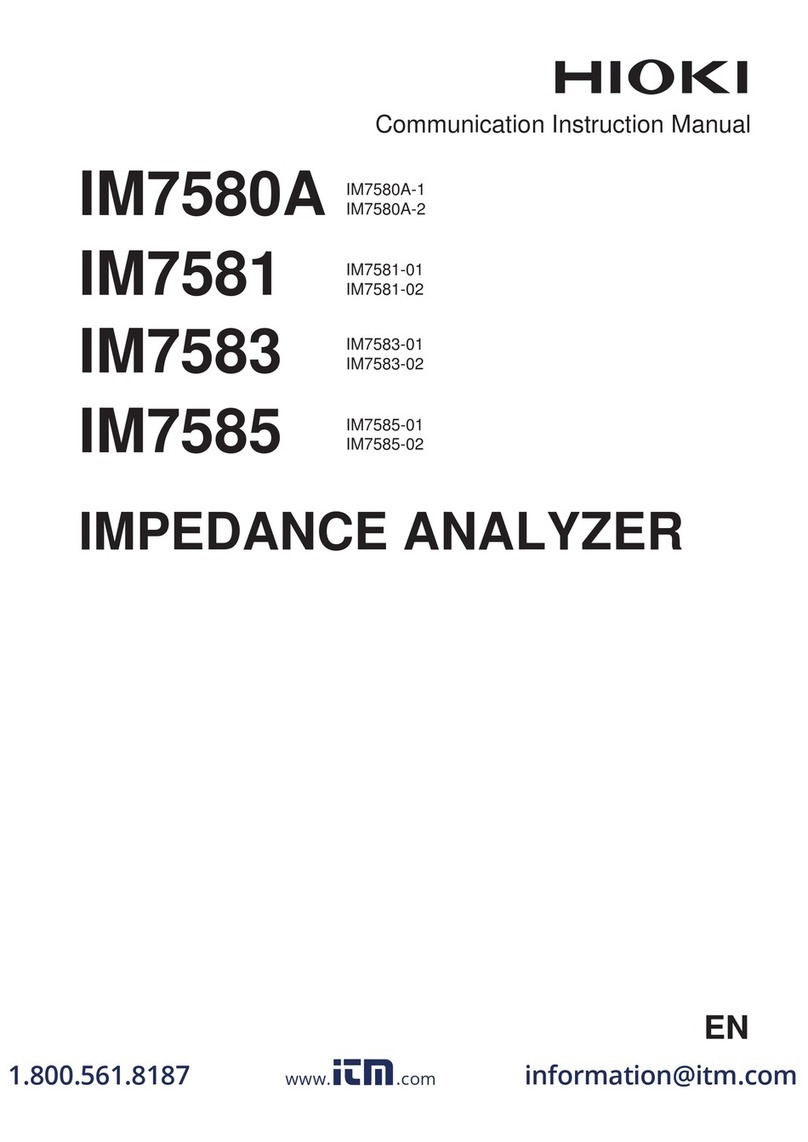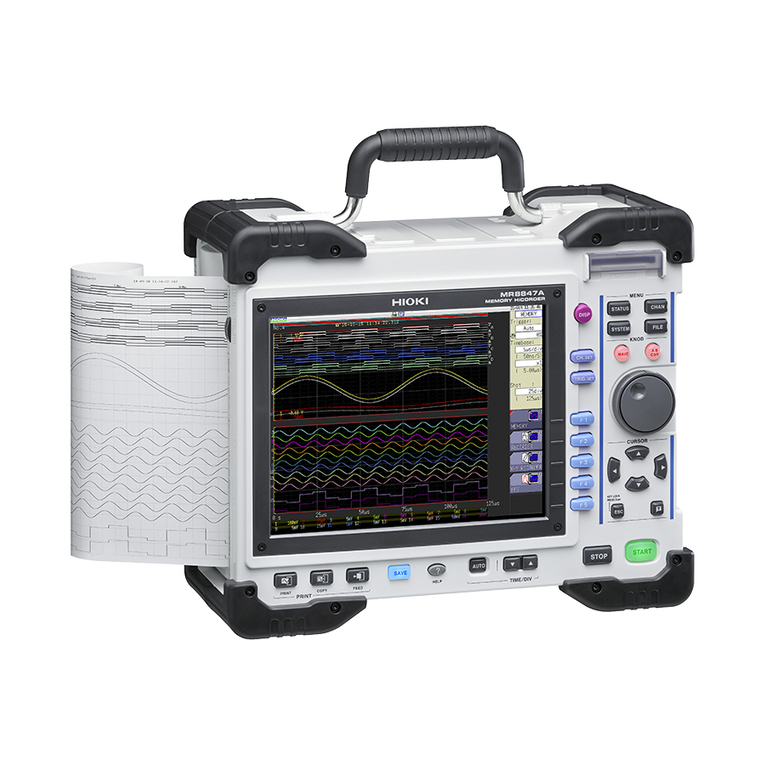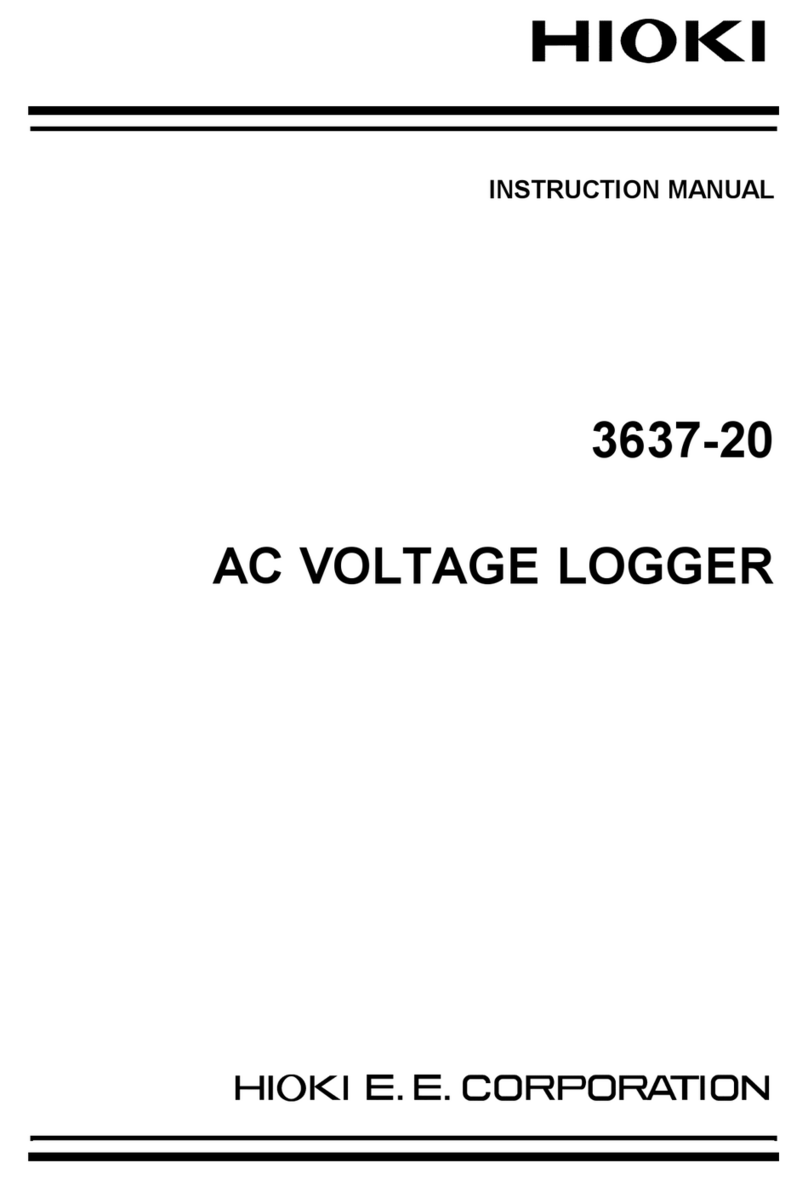Hioki 8846 User manual
Other Hioki Measuring Instrument manuals

Hioki
Hioki 8715-01 User manual

Hioki
Hioki SM9001 User manual

Hioki
Hioki 9010 User manual
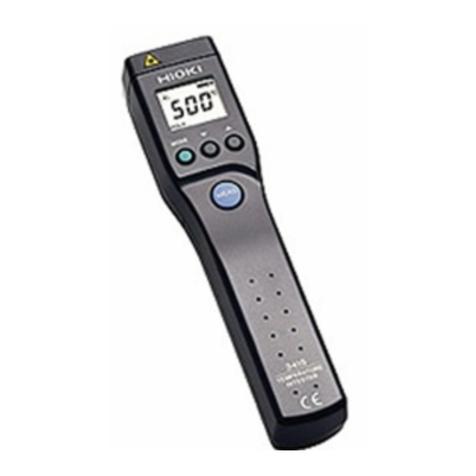
Hioki
Hioki HiTESTER 3415-02 User manual

Hioki
Hioki CM3289 User manual
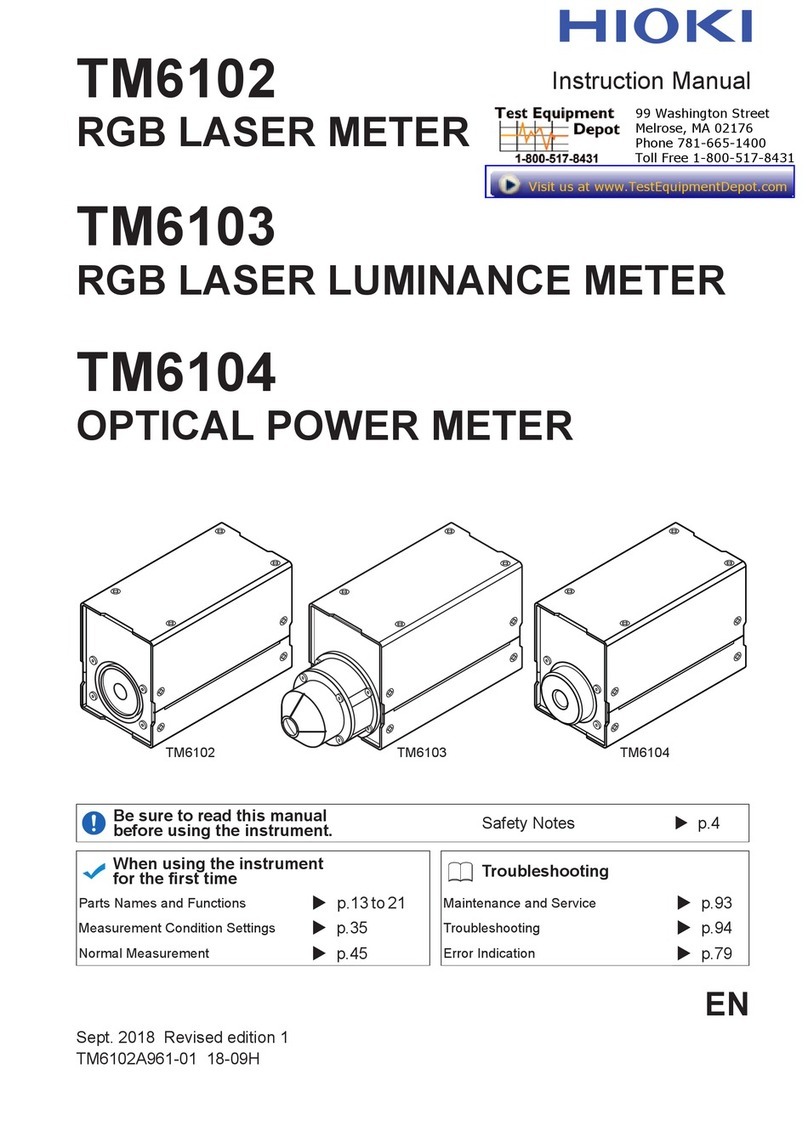
Hioki
Hioki TM6102 User manual
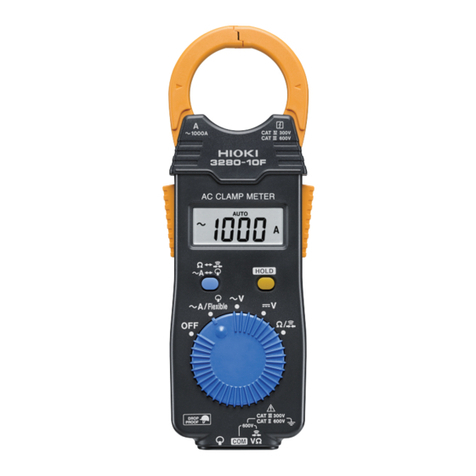
Hioki
Hioki 3280-1 OF User manual
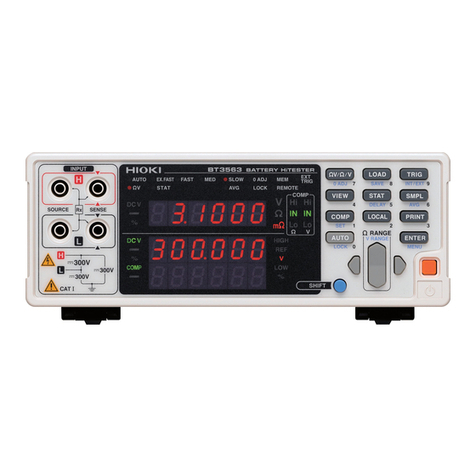
Hioki
Hioki BT3562-01 User manual

Hioki
Hioki CM3286 User manual

Hioki
Hioki 7016 User manual
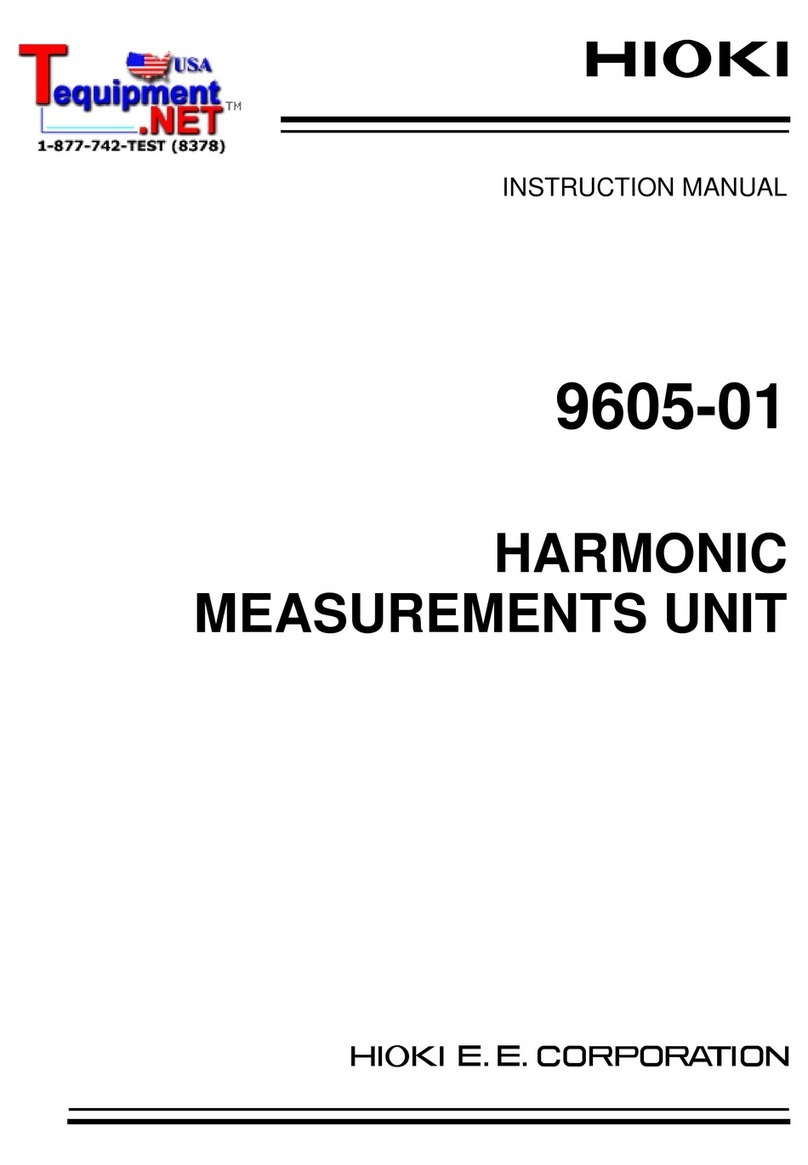
Hioki
Hioki 9605-01 User manual
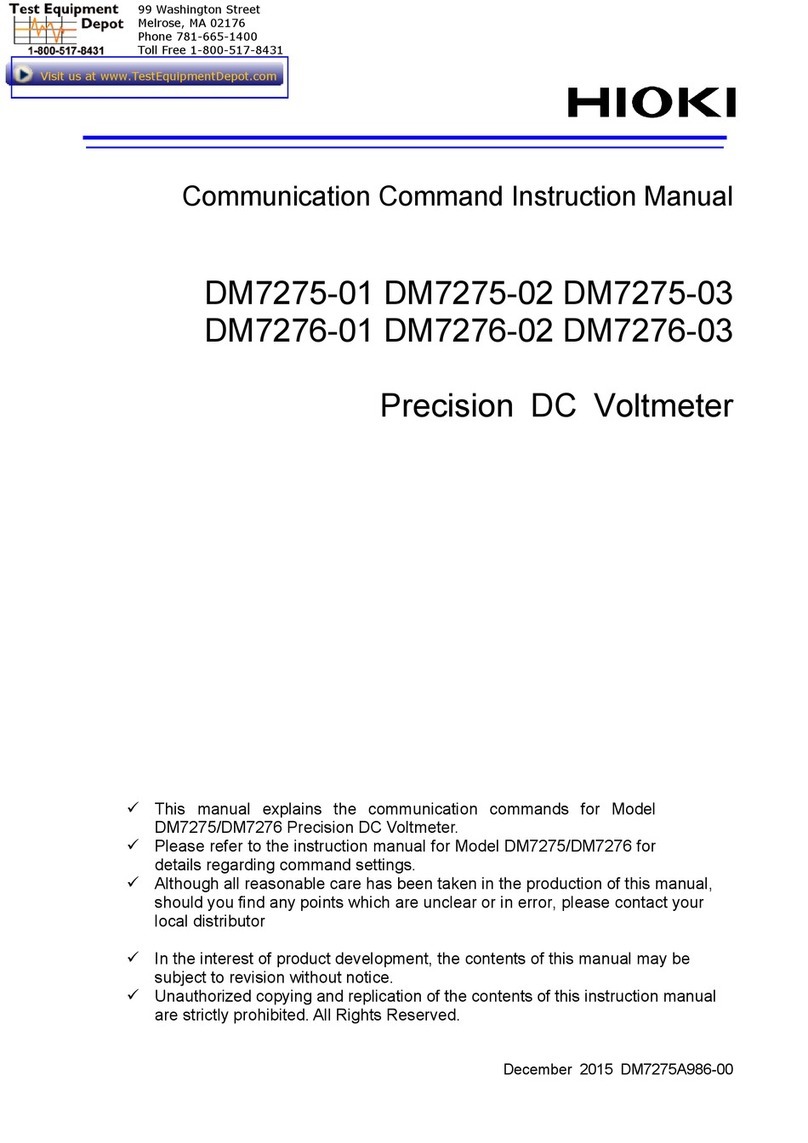
Hioki
Hioki DM7275-01 User manual
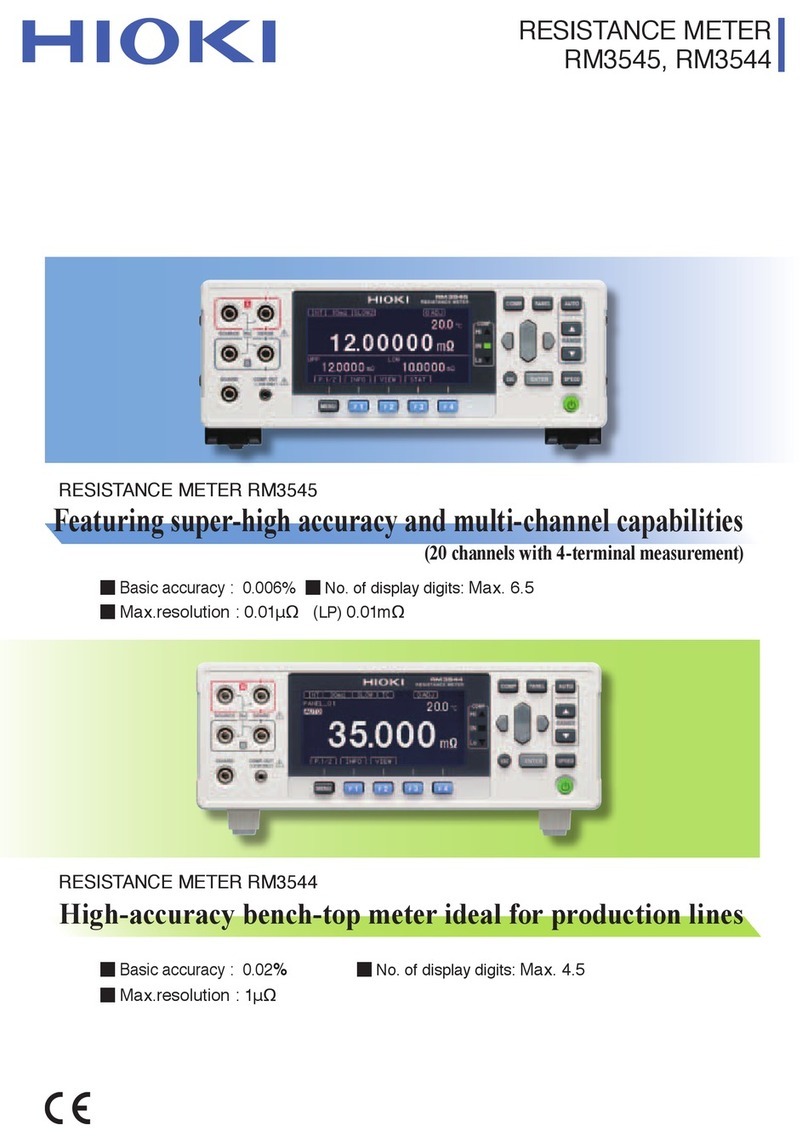
Hioki
Hioki RM3545 User manual

Hioki
Hioki FT3432-20 User manual

Hioki
Hioki PW3390 Use and care manual
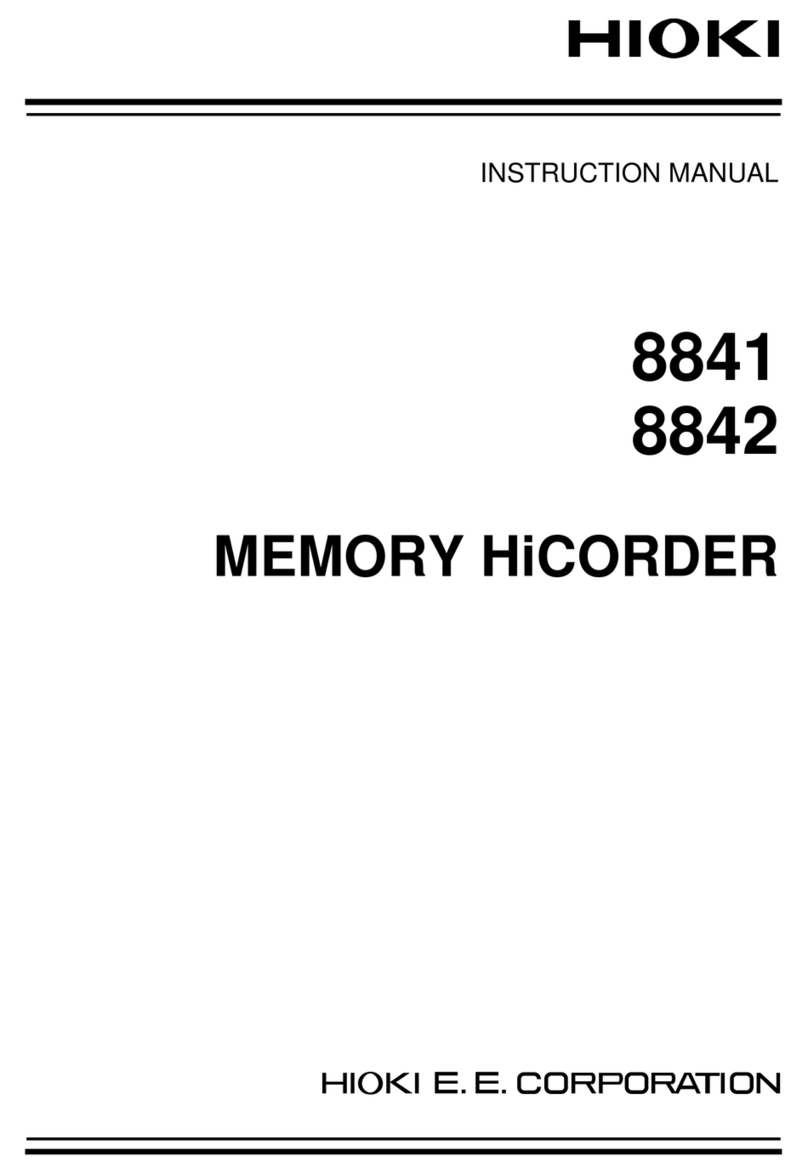
Hioki
Hioki 8841 User manual
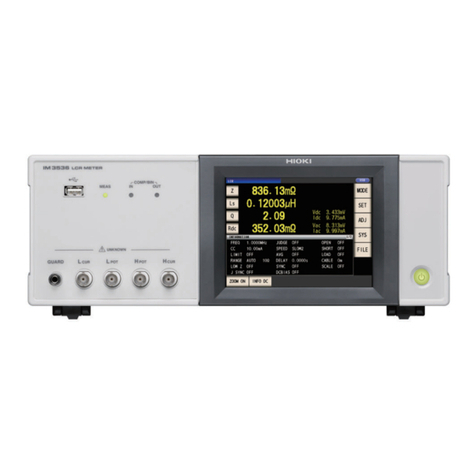
Hioki
Hioki IM3536-01 User manual
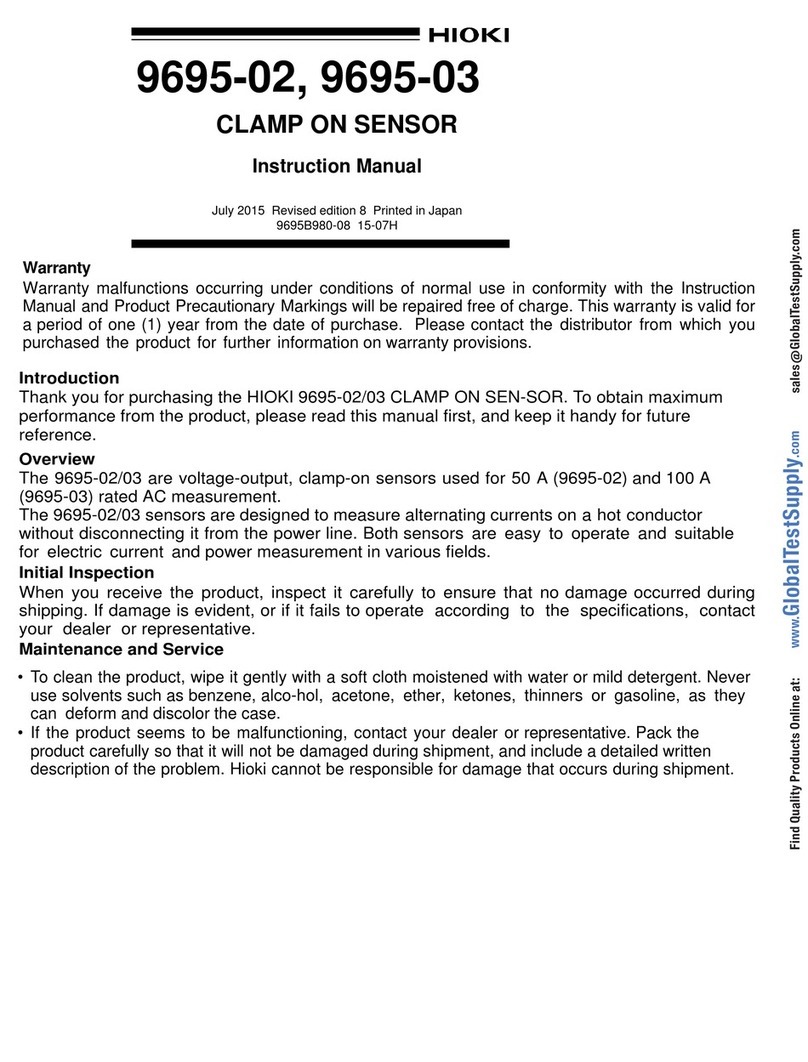
Hioki
Hioki 9695-02 User manual
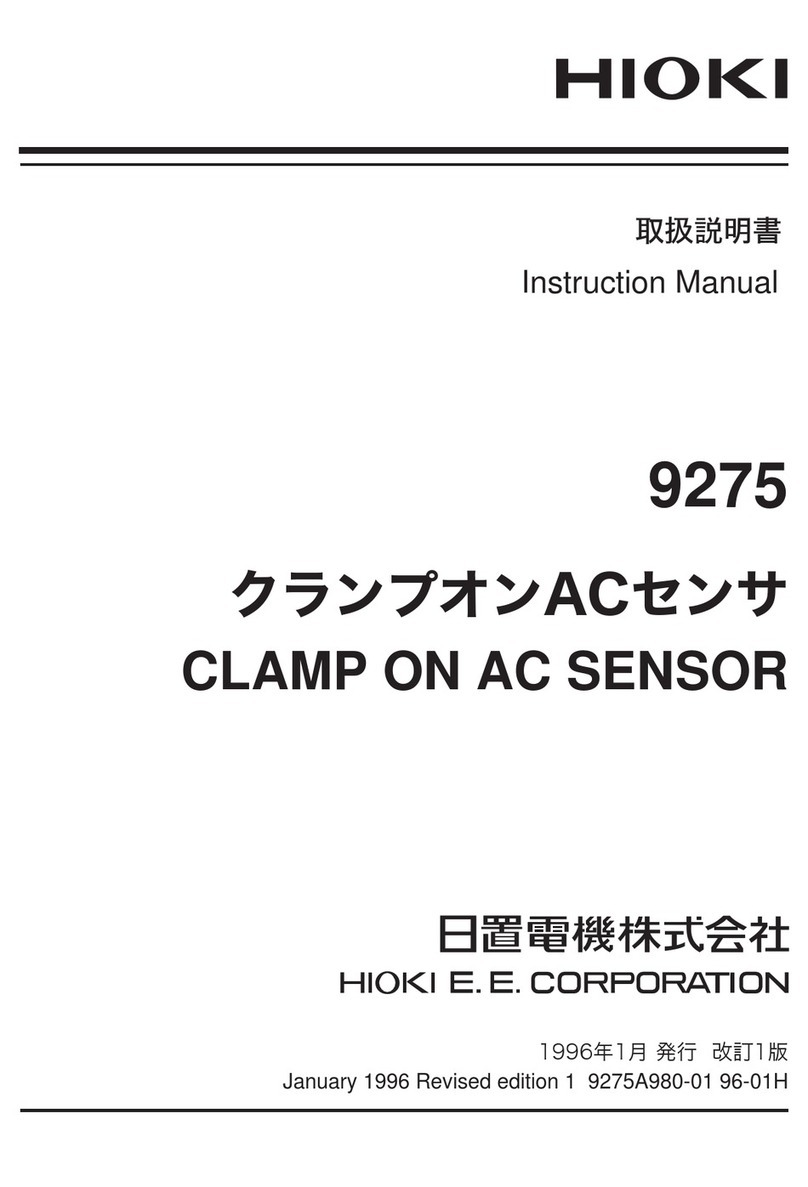
Hioki
Hioki 9275 User manual
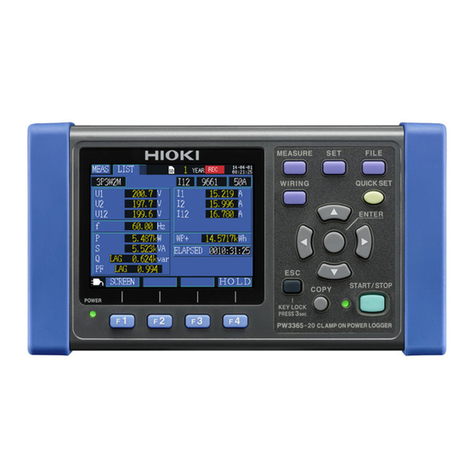
Hioki
Hioki PW3365-20 User manual

